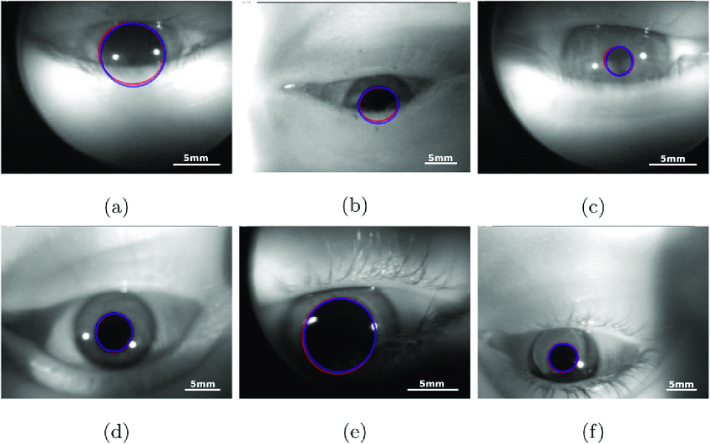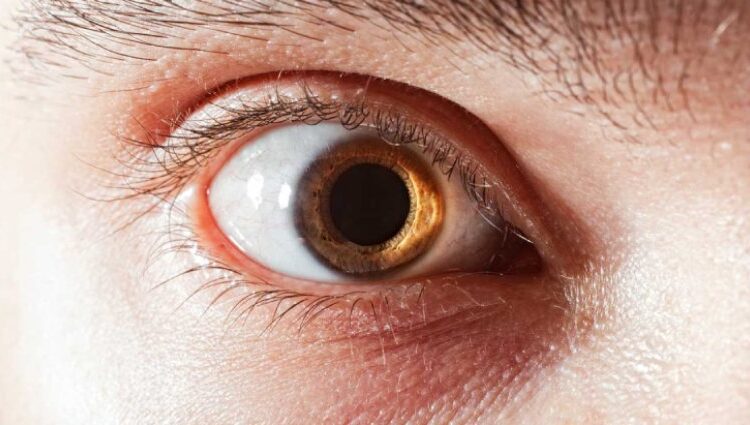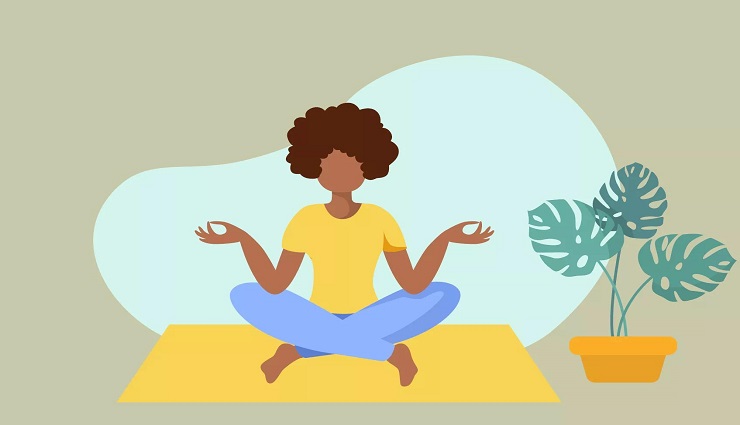One of the charms of reading a book or listening to a memoir is imagining the descriptions or hearings. For most people, guessing is a way to create new ideas or solve problems. Unfortunately, not all people are so lucky; some can’t conceive. Researching these people and getting to know them more, scientists faced a new challenge; Are larger pupils a sign of more extraordinary imagination? Stay with us if you are curious about the relationship between pupil size and vision. In this article, we reveal the secret of this unique connection!
Factors affecting pupil size
The pupil does not have a fixed perspective. The main reason for pupil changes is to see the surroundings better. In the following, we will examine some factors affecting the difference in the size of the pupil of the eye.
1. the amount of light
If you are interested in photography with a camera, you have probably heard of the camera aperture. This part of the camera opens and closes according to the ambient light, providing better conditions for capturing high-quality images. The function of the pupil of the eye inspires this feature of cameras. Ambient light is one of the leading causes of pupil size change. On rainy days, in dark places, the eye’s pupil gets more extensive wherever the light is less. Similarly, the pupils become smaller and narrower on sunny days and in bright areas. Changing the size of the pupil in front of the light that reaches the retina causes objects and the environment to be seen better.
2. Cognitive stimuli
Contrary to what most people think, ambient light is not the only factor affecting pupil size! Cognitive behaviors also contribute to the size and smallness of the pupil. For example, sexual arousal and emotional stimuli are among the things that make your pupils narrow or widen. In the science of body language, according to the size of the pupils, you can tell how honest a person is.
Another thing that enlarges the eye’s pupil is dealing with items requiring attention and concentration. When you use all your concentration for an activity, the involuntary sympathetic nervous system (Sympathetic nervous system) is activated, and the eye pupil becomes bigger. This strange feature has been created since early humans and during human evolution.
Imagine that when our early ancestors were running away from predatory animals or people from other tribes during the night, the fight mechanism would have dilated the pupils of the eyes. The dilation of the pupils made them see better, detect predators in time, and survive in dangerous situations.
3. Imagination
Doctors call people who do not have problems with mental imagery and imagination as Non-Aphantasic. People with aphantasia have no vision, but creativity is not a problem.
In 2021, Princeton University optometrists conducted experiments on several non-Aphantasic people. They measured the pupil size of the participants’ eyes while reading simple and illustrative sentences.
For example, in one experiment, the participants read a few sayings and sentences with literary arrays, and in another experiment, they read simple sentences with the same meaning. The first experiment was designed so that people could imagine the importance of the sentences. In contrast, in the second experiment, there was no need to use imagination to understand the meaning of the sentences.
The result of this experiment determined the relationship between the size of the pupil and the power of imagination. The pupils of the participants in the first experiment were more significant than usual. In the second experiment, the pupil size of the subjects’ eyes did not change significantly.
In 2022, researchers conducted more experiments to investigate the theory of the connection between larger pupils and imagination. It was found that even the type of mental imagery plays a role in changing pupil size. If the metaphorical sentences depict a bright and bright space in the mind of the participants, the pupils of the eyes will expand more than when the person imagines a dimly lit room!
More imagination, more prominent pupils
Scientists from the University of New South Wales (New South Wales) in Australia researched the relationship between imagination and pupils. They concluded that the clarity of a person’s mental image is related to the degree of pupil size change. The stronger a person’s vision, the larger their pupils will be when visualizing a mental image.
These researchers experimented with ghosts and non-a phantasm people to prove their theory. They examined the reaction of each person’s pupils when they saw different images. Looking at bright pictures caused the pupils to constrict, and dark ideas caused them to dilate. The main goal of this experiment was to increase the accuracy of measurements and draw better conclusions. In this phase of the investigation, Aphantase and non-Aphantase participants scored the same.

In the next phase of the experiment, the researchers asked the participants to imagine objects they had seen in real life. During the investigation, subjects wore glasses that measured pupil changes. They had to self-assess the clarity of the mental image and report back to the researchers.
As scientists expected, people with aphantasia failed to report the clarity of their imagination. Their pupils also showed no noticeable changes during the experiment. Non-phantasies subjects who reported vivid mental images had significantly larger pupils during the mental imagery test.
The benefit of research on the relationship between imagination and pupils
At first, glance, examining the relationship between imagination and larger pupils may seem useless. Still, the importance of this work can be understood from the researchers’ words in this study. Rebecca Keogh, one of the researchers of this experiment, says: “The results of this research show the extent of the human mind, which is often hidden from our eyes.” Measuring the power of imagination from the pupil reminds us that just because I imagine and remember something does not mean everyone can do it.
Based on the results of this research, Joel Pearson, a scientist at the University of New South Wales, is now designing an online method to measure different degrees of mental imagery and aphantasia diagnosis. This scaling will help improve the lives of the Afantaz people.
Measuring different degrees of mental imagery by measuring changes in pupil size gives us a better understanding of the human imagination, this magical power. Perhaps these experiments will answer the constant question of scientists, why people with phantasies cannot imagine, but they can be creative? People with aphasia get help from their creativity without suspecting anything, which is confusing. Scientists plan to discover the mechanisms of using creativity and examine its relationship with pupil size in research.
in short
Based on your reading, you can conclude that larger pupils are a sign of more extraordinary imagination! Of course, if we make this comparison in conditions with constant light and without cognitive stimuli. The more precise these images are, the larger the pupil will be. What do you think? Do you believe there is a connection between the size of the pupil and the power of imagination?



